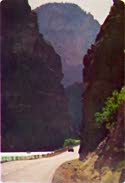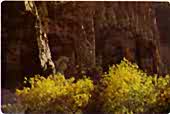| << UbuWeb |
| Aspen no. 2, item 6 |
|
|
| Farewell to a Canyon |
|
1 
|
|
2 |

|

|
3 |

|
4 |

|
5 |
|
6 |
|||

|
|||

|
7 |

|
8 |

|
9 |

|
10 |

|
11 |

|
12 |

|
13 |

|
|||
|
|
14 |
||
|
Original format: Fourteen loose pages, 4-5/8 by 6-7/8 inches, printed on one side, enclosed in a folder, 4-3/4 by 6-1/8 inches. Photos and text are anonymous. |
|
|
|
|
|
|
|